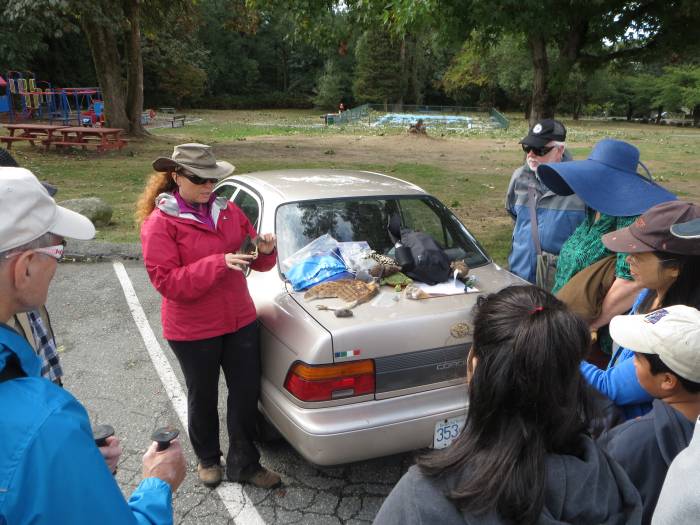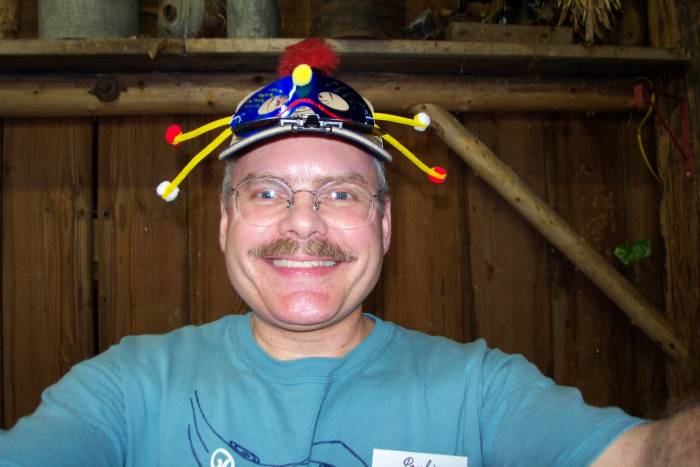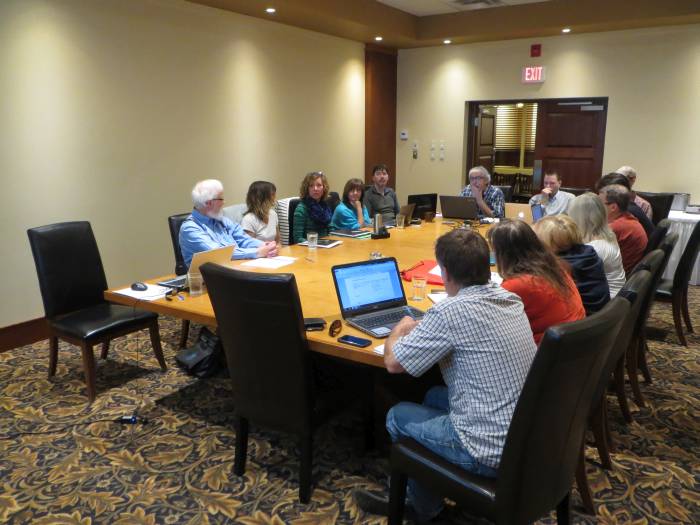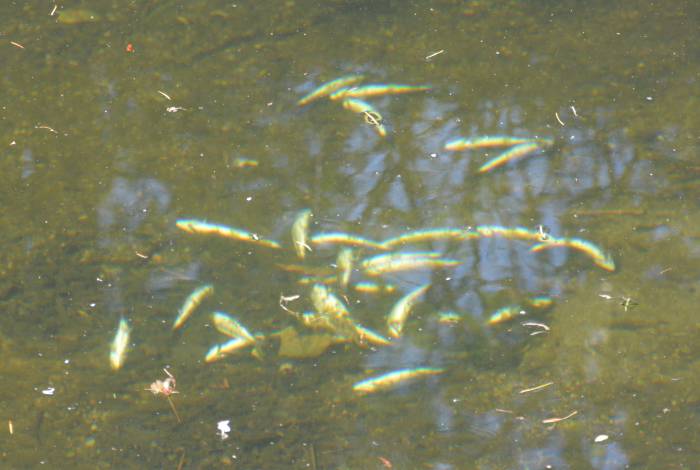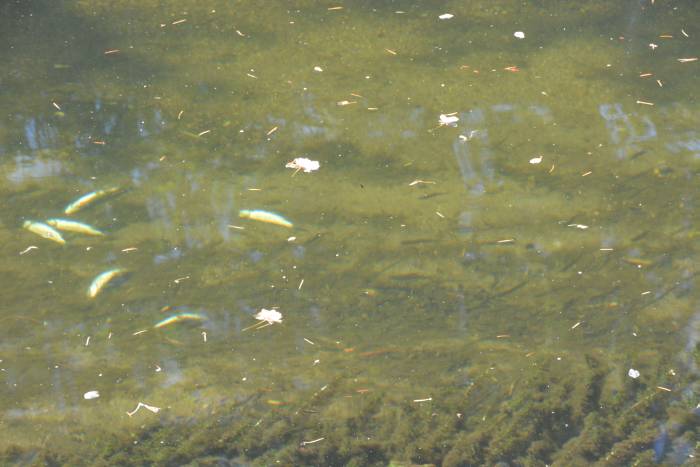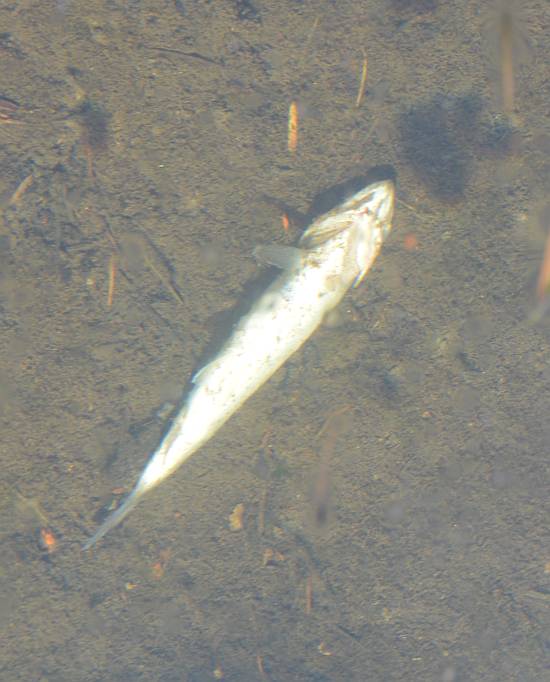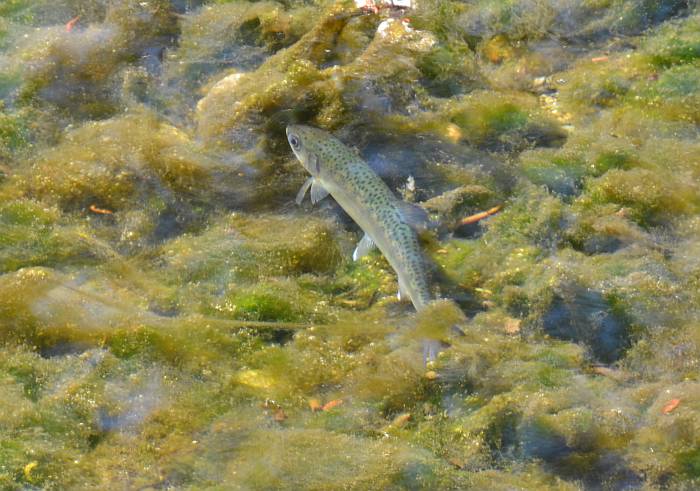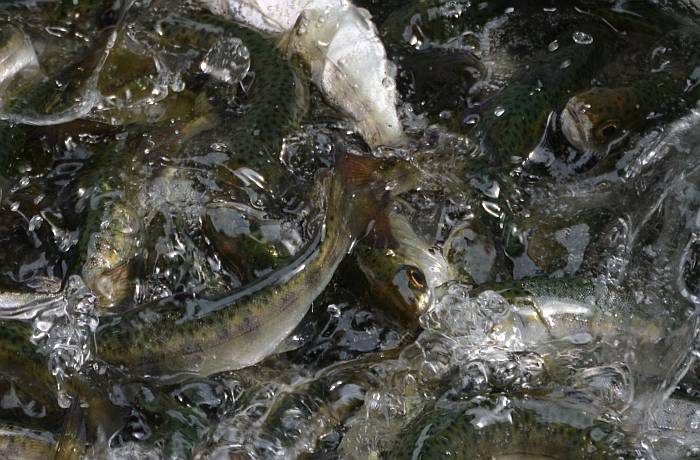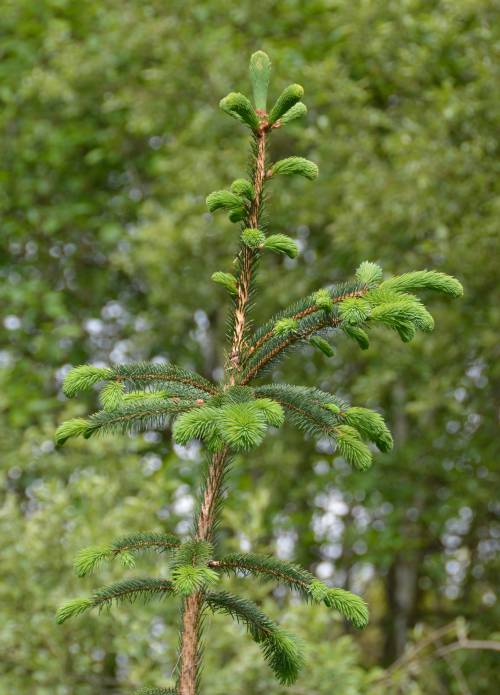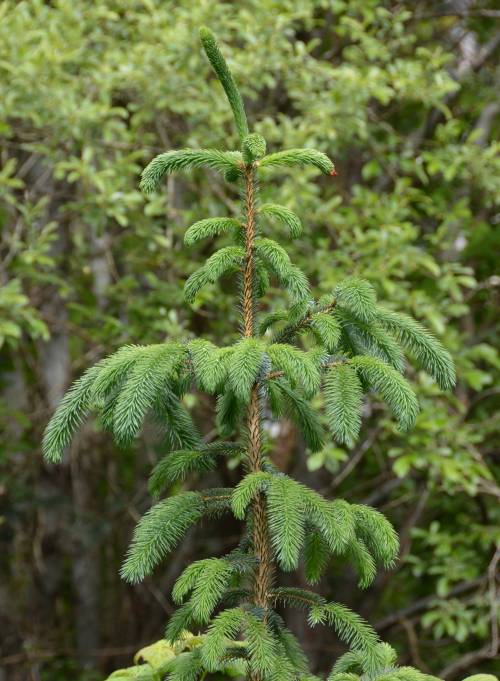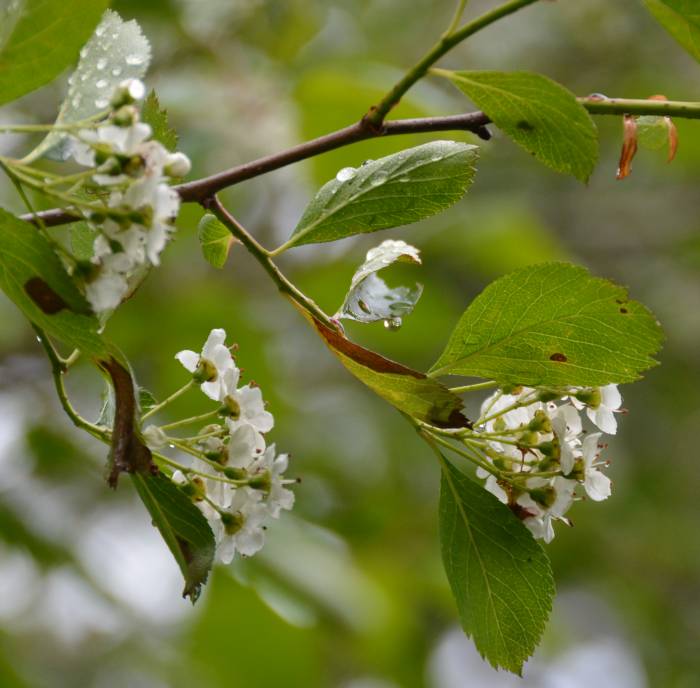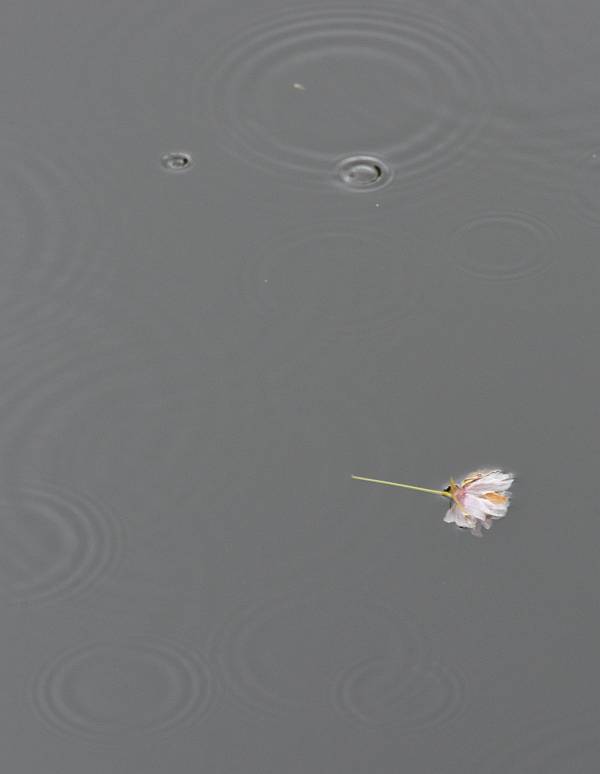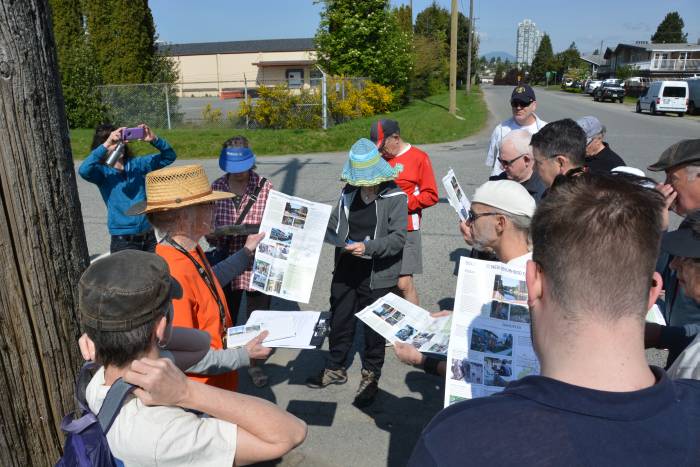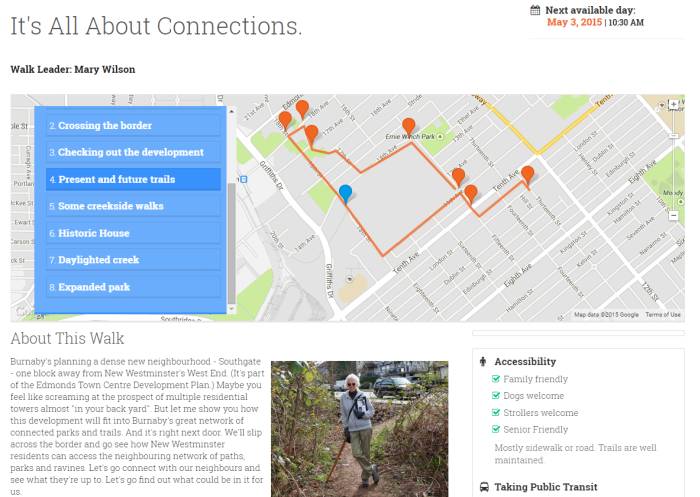Here in BC’s lower mainland the ongoing drought has required water-use restrictions. Some folks are having trouble remembering this and adjusting to it.
In our home we’ve barely changed our behaviour. Why? Because over the years we’ve taught ourselves to always be aware of water use.
Why can’t we all use water mindfully all the time?
We’ve changed our behaviour in our home so that using the least amount of water, capturing water, and reusing grey water comes naturally. It feels strange not to do it!
People are creatures of habit. Once you change your habits, conserving water is easy.
First, we’ve taken the obvious step of installing water-saving fixtures. We didn’t do it all at once, that would have been a daunting financial hit, but over the last ten years, when we renovated a bathroom, or the kitchen, or the utility room, we installed low-flow fixtures and water-thrifty appliances.
Now everything in our home is low flow or low use — all the shower heads, washer, dishwasher, etc. All of the toilets are dual flush.
Second, we’ve changed our behaviour. We’ve had a “new normal” in our home for decades now.
Here are a few examples of our “normal” water use:
- When washing dishes don’t fill the sink, and only run water slowly when rinsing. All it takes to wash most dishes is a damp sponge with a little soap on it. If you have a double sink, wash the dishes over one bowl and deposit them in the second bowl. When you’re done washing, rinse quickly with slowly running water and place them on a rack. Single sink? Stack the dishes on the counter and deposit them in the bowl as you wash with your damp sponge.
- When waiting for hot water to arrive when taking a shower, shaving, or washing up, capture the running water in a container. A plastic ice-cream pail or a large margarine tub works well. Use that water to recharge your toilet tank after a flush, or for watering plants, etc.
- Don’t be shy, pee together when it’s all family! Well, perhaps not together, but one after the other : -). It’s not uncommon for three of us to share a flush: me, my wife and the cat. And occasionally we hit a grand slam by changing the water in the turtle’s tank as well!
- We live in a townhouse complex, so we have just a small patch of lawn, and we let it go pretty brown every summer, not just during droughts. Our balcony garden is always watered by hand.
Since the water restrictions went into effect, we have modified two behaviours:
- We’ve placed a plastic tub inside the rinsing section of the kitchen sink so that we capture the grey water and use it for watering outdoor plants. This system also works great when washing vegetables and fruit.
- Rather than letting the shower run, we do a quick wetting, stop the water while shampooing and soaping, and then turn the water back on for a quick rinse.
I’m sure we can all come up with great ideas for using water efficiently, and incorporate them into our daily lives so they become habitual.
